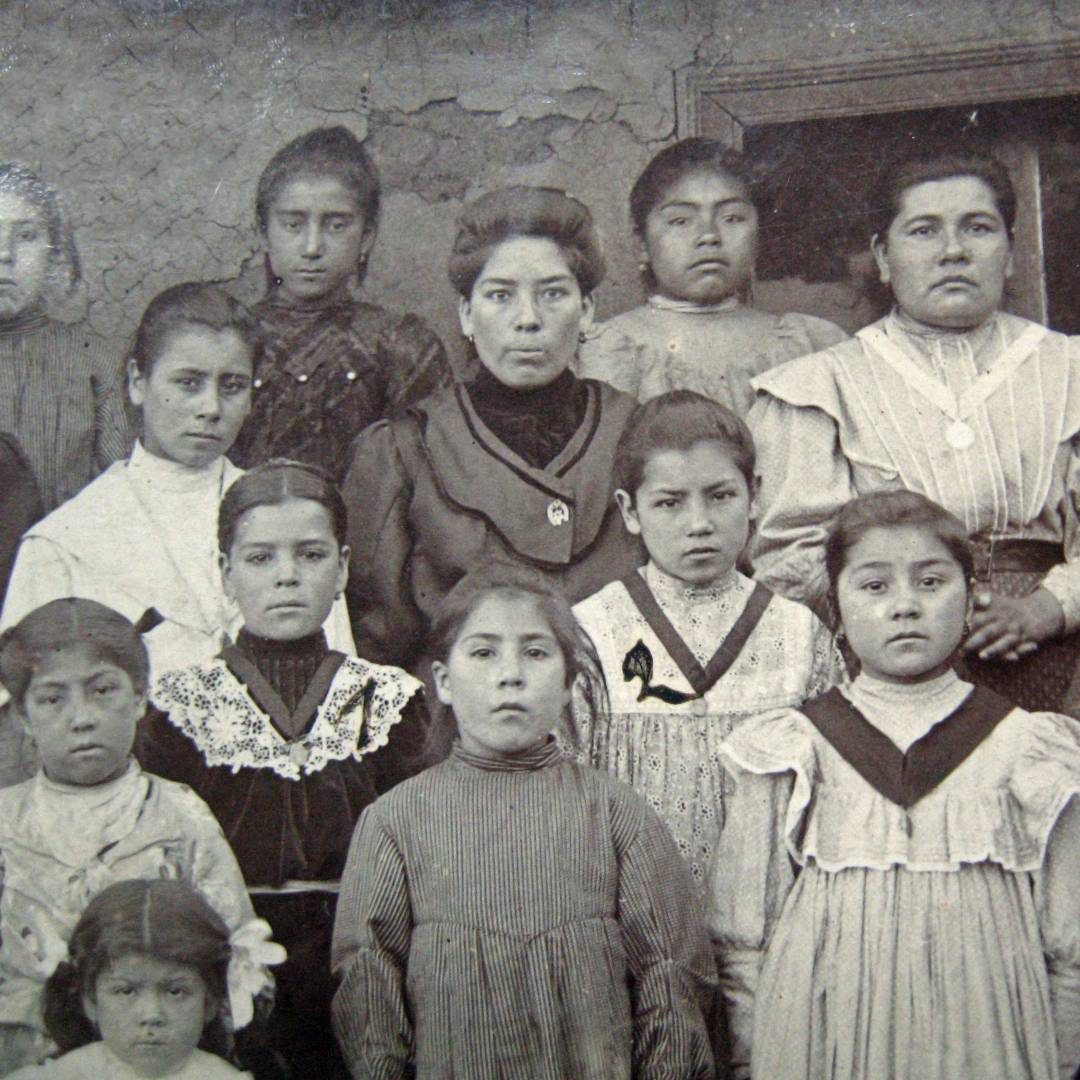Blessed Laura Vicuña—Patroness of Abuse Victims
Blessed Laura Vicuña—Patroness of Abuse Victims
Laura Vicuña was born on April 5, 1891, to a man named Joseph Domenico Vicuña. Joseph came from a family of Chilean aristocrats. Laura’s mother, Mercedes Pino, was the daughter of farmers. Joseph Vicuna had married a woman who was considered “beneath him.” As a result, his family disowned him.
Mercedes and her daughters, Laura and Julia, were okay while Joseph was alive. However, civil war broke out in Chile and quickly spread to Santiago. The family fled to Temuco, but a short time later, Joseph was killed in battle. Everything changed for Mercedes and her daughters. As far as her husband’s family was concerned, Mercedes did not even exist. Despised and rejected by the aristocratic Vicuna clan, Mercedes took her two daughters and moved to Argentina.
When Mercedes arrived in Argentina, she quickly discovered that work was not plentiful and life could turn hard. A local rancher, named Manuel Mora, sensed Mercedes’ vulnerabilities and offered her a job working for him. However, it was not a job where you could go home every day. On the contrary, Mercedes was told that she would have to live with Mora at the ranch. Manuel Mora also told Mercedes that if she agreed to live with him, he would send Laura to school, where she would be taught by the nuns. Marriage was not an option.
Mercedes weighed her options and knew in her heart that moving in with Manuel and sleeping together was wrong. But she desperately wanted her daughters to receive a Catholic education. She knew that she could never afford to send them to the Catholic school. So she moved into Manuel Mora’s ranch with her children.
When Laura was of age, Manuel kept his promise and had Laura enrolled in the school run by the Daughters of Mary Help of Christians (Salesian Sisters of Don Bosco). Before long, Laura began developing a deep love for the Catholic faith. She began spending extended periods of time in prayer and learning all she could about Jesus and the Blessed Mother.
Written in her First Communion notebook were the words, “Oh my God, I want to love and serve you all my life. I give you my soul, my heart, my whole self.” She became so pious that many of her classmates began to ignore her. She even tried to join the Salesians, but she was only ten and was told that she would have to wait until she was a bit older.
Laura loved her school, but her joy at being a student there turned to concern and worry when she returned home for vacation. She now realized that her mother was living with Manuel as his wife. She knew this was a sinful thing to do and began praying that her mom would leave Mora and once again follow God’s commandments.

Laura Vicuña is on the right in the third row.
Manuel beat Laura severely several times to make her forget about becoming a nun
She was a child of eleven years of age, and Manuel Mora, who probably already harbored lust for the growing girl, heard that she had voiced a desire to become a nun. Enraged at this idea, Manuel beat Laura severely several times to make her forget about becoming a nun. He told her and her mother that if she did not forget the “ridiculous idea” of becoming a nun, he would stop paying for her education with the Salesians. The nuns heard of this and told Mercedes that both of her daughters would have full scholarships to the school and that there was no need for worry.
But Laura was worried about her mom’s soul. She remembered what Jesus had said: “No one has greater love than to give up one’s life for one’s friends.” Laura decided to give her own life in exchange for her mom’s salvation. She asked Jesus to take her so her mom could be saved. Soon after, the child became seriously ill with pulmonary tuberculosis.
She told her mother, “Mama, I offer my life for you.”
Laura’s health quickly deteriorated. Before she passed away, she told her mom, “Mama, I offer my life for you. Before I die, mother, would I have the joy of seeing you repent?”
Her mother cried out, “I swear I will do whatever you ask of me! God is the witness of my promise.”
Laura smiled and said, “Thank you, Jesus. Thank you, Mary. Goodbye, Mother, now I die happy.”
Laura Vicuña, weakened by beatings from Manuel Mora, died from her illness on January 22, 1904. She had not reached her thirteenth birthday. She was beatified by Pope St. John Paul II on September 3, 1988 She is a patroness of abuse victims, incest victims, and children who have suffered the loss of their parents.
Blessed Laura Vicuna, please pray for us.
Copyright©Larry Peterson 2023
Image: Wikimedia Commons, Public domain

![By NASA/Ames/JPL-Caltech [Public domain], via Wikimedia Commons](http://blog.catholicwritersguild.com/wp-content/uploads/2016/04/Kepler-452b_and_Earth_Size-1024x576.jpg)
